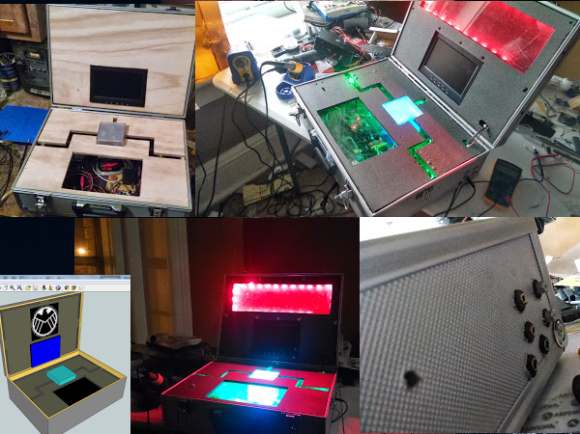Those fancy 2048×1536 pixel resolution displays found in the iPad 3 and 4 can be used for much more than high def Candy Crush and Netflix viewing. [Freddie] over in Southampton, UK built his own adapter to connect these high-resolution LCD panels to anything with a DisplayPort connection. It’s called OSCAR, and it’s the open source way to add a whole lot of pixels in a second (or third, or fourth….) monitor.
The LCD panels found in the iPad 3 and 4 don’t use the usual LVDS connection found in just about every other LCD panel ever made. It uses an extension of the DisplayPort protocol, meaning any graphics card with one of these ports already does the heavy lifting for this panel. The only other thing that’s needed is an adapter to control the power and backlight, which is easily handled by an ATMega32U4. This makes OSCAR Arduino compatible, making it easy to add sensors and USB playthings.
OSCAR is available on Kickstarter for £65 (~$100 USD) for the board itself. Adding to that, you’ll need to grab an iPad retina display through the usual channels for about $65. Not exactly cheap, but try finding another better-than-1080p display for that price.












